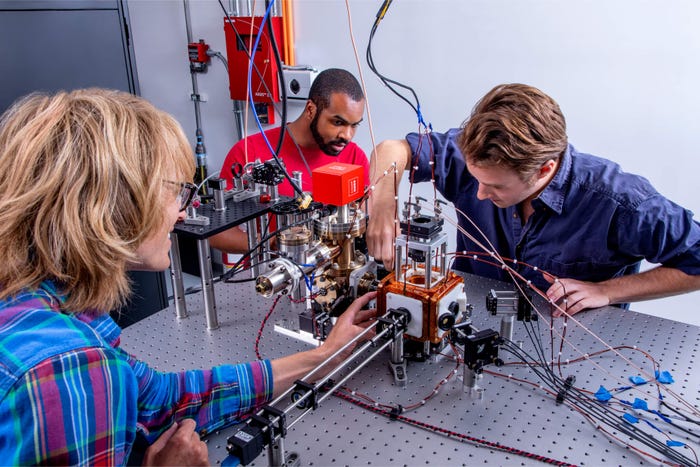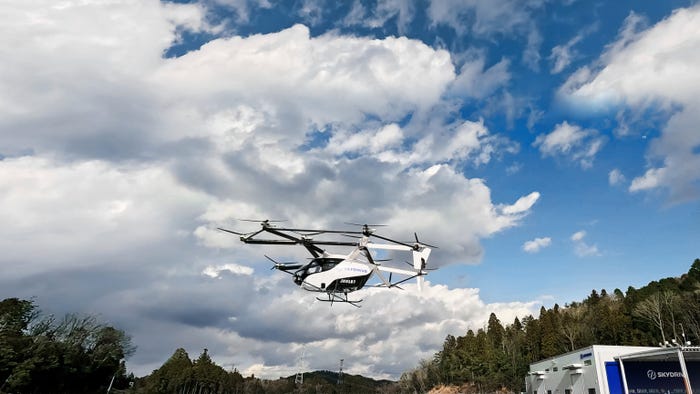Toyota Humanoid Robot is Soft, HuggableToyota Humanoid Robot is Soft, Huggable
The robot's sweater-like outer layer is equipped with sensors to feel the object it holds

Toyota’s Robotics Institute (TRI) has made its foray into the humanoid robotics space with the launch of Punyo, a soft-bodied robot designed for high-level object manipulation capabilities.
TRI said Punyo is designed to “amplify, rather than replace” people in industrial and domestic settings.
The design is made up of a torso with two arms, covered in a soft, bulky material – almost like a sweater for the robot. This material is covered in tactile sensors to allow Punyo to feel the objects it holds, which TRI says makes it “truly capable” of holding large, heavy, and unwieldy items, and enhances its approachability by making it huggable.
In a video demonstration, Punyo is shown carrying items both alone and with human assistance, stacking bins and placing objects in containers.
“We’re on a mission to help with everyday tasks that require more than just our hands and fingertips,” TRI said. “People use their bodies in creative ways to manipulate the world around them.
“Think about getting groceries into your house in just one trip. You might hold multiple bags in your arms, open the door with your elbow, and then prop it open with your hip as you shuffle in … For people and robots alike, having soft grippy skin and manipulating objects close to the body make it possible to handle heavier objects with less exertion.”
Punyo’s arms are covered in air-filled “bladders”, which can be modified to have different stiffness to make it more malleable to the task – and objects – at hand.
The robot’s arms are topped with what TRI calls “paws,” which have an in-built soft bubble with a camera inside. The inside of the bubbles have dot patterns, which are used as guidelines for the camera to identify when Punyo has come into contact with an object.
The TRI team said it will continue to refine Punyo’s design and capabilities. Potential applications are envisioned across domestic, industrial and health care settings.
A crucial element of Punyo is its approachability. The team says this as a critical element in consumer adoption and opening the door for a wider range of applications.
“Blending functional requirements with a human-demonstrated style may result in a robot that is efficient yet easier for people to predict and anthropomorphize, allowing them to collaborate more comfortably and productively,” the team said. “We look forward to discovering the right balance for various tasks, situations, robots and human collaborators.”
About the Author
You May Also Like








